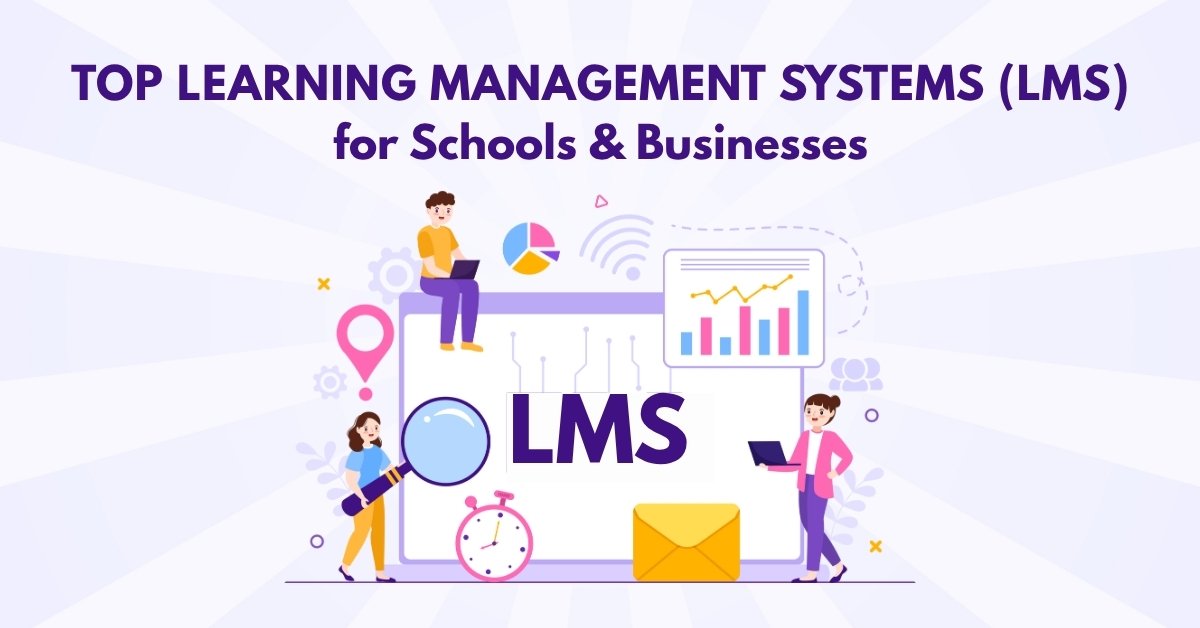The way we learn and train has changed dramatically. With the rise of remote education and digital transformation, Learning Management Systems (LMS) have become essential tools for both schools and businesses. Whether you’re an educator trying to manage online classrooms or an HR manager delivering corporate training, choosing the right LMS can make a world of difference.
In this comprehensive guide, we explore the top LMS platforms available today for educational institutions and corporate training. We’ll compare features, pricing, ease of use, and ideal use cases to help you make an informed decision.
What is a Learning Management System (LMS)?
A Learning Management System is a software platform that allows users to create, manage, deliver, and track educational content or training programs. It’s like a digital hub for all your learning materials.
Key Functions of an LMS:
- Course creation and management
- User enrollment and administration
- Progress tracking and reporting
- Quizzes and certifications
- Integrations with third-party tools (Zoom, Google Workspace, etc.)
Why Schools and Businesses Need an LMS
For Schools:
- Simplifies the management of online classes
- Enhances student engagement and learning experience
- Provides real-time analytics on student progress
- Supports hybrid and flipped classrooms
For Businesses:
- Streamlines employee onboarding and upskilling
- Tracks learning KPIs and compliance training
- Encourages continuous learning and growth
- Reduces training costs over time
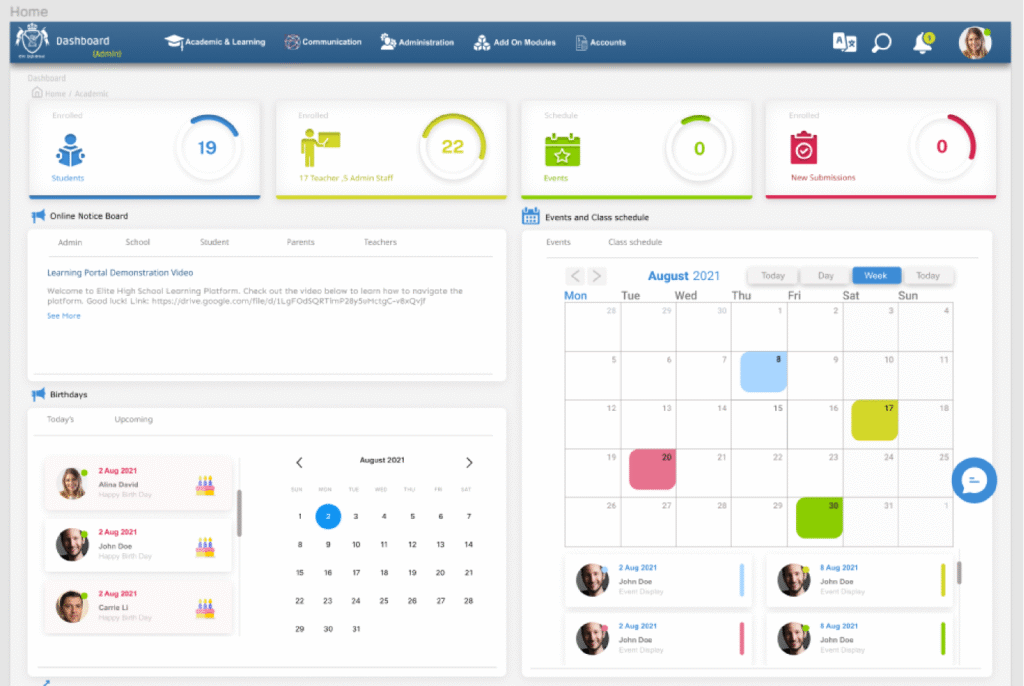
Top Learning Management Systems (LMS) for 2025
Here are the top LMS platforms for schools and businesses, based on user reviews, functionality, scalability, and value for money.
1. Moodle (Open Source LMS for Schools & Institutions)
Best for: Schools, Universities, Non-profits
Overview:
Moodle is a widely used open-source LMS that offers flexibility and control. It’s perfect for academic institutions looking for a customizable learning environment.
Key Features:
- Customizable open-source platform
- SCORM-compliant and mobile-friendly
- Rich plugin library
- Strong community support
Pros:
- Free to use and customize
- Ideal for large educational setups
- Active global community
Cons:
- Requires technical expertise to set up
- Interface can feel outdated
2. Canvas LMS (Modern LMS for Education)
Best for: K-12 Schools, Higher Education
Overview:
Canvas by Instructure is a cloud-based LMS designed to enhance classroom learning with intuitive tools and seamless integration.
Key Features:
- Mobile app for students and instructors
- SpeedGrader for assignments
- Rich media embedding and discussions
- Integration with Google, Microsoft, Zoom
Pros:
- Clean and modern UI
- Great support for blended learning
- Regular updates and improvements
Cons:
- Can be expensive for smaller institutions
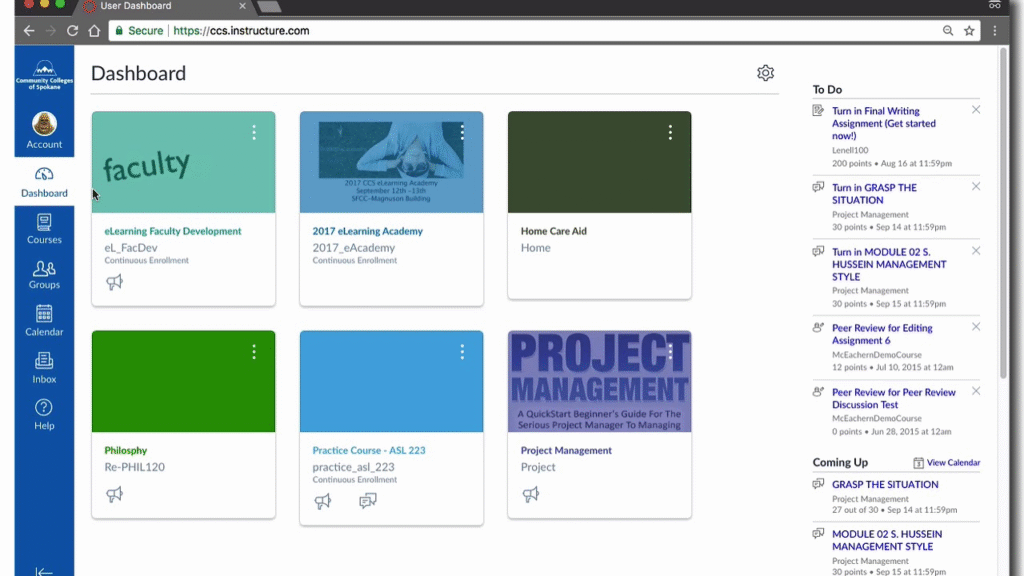
3. TalentLMS (Corporate LMS for Businesses)
Best for: Small to Mid-sized Businesses
Overview:
TalentLMS offers a quick-to-deploy and easy-to-use platform ideal for training employees, partners, and customers.
Key Features:
- Gamification and assessments
- Ready-made course content
- SCORM, xAPI, and video support
- Automation tools for workflows
Pros:
- User-friendly interface
- Affordable pricing
- Great for non-tech teams
Cons:
- Not ideal for very large enterprises
- Limited customization
4. Blackboard Learn (Enterprise LMS for Institutions)
Best for: Universities, Colleges
Overview:
Blackboard is a comprehensive and highly scalable LMS used by top academic institutions.
Key Features:
- Virtual classrooms
- Real-time analytics
- Adaptive learning features
- Strong content authoring tools
Pros:
- Enterprise-grade security and reliability
- Powerful collaboration tools
Cons:
- Higher cost
- Complex onboarding
5. Docebo (AI-powered LMS for Businesses)
Best for: Mid to Large Enterprises
Overview:
Docebo leverages AI to deliver personalized learning experiences. It’s a robust platform suited for enterprise learning and development (L&D).
Key Features:
- AI-based content recommendations
- Multi-language support
- Custom reporting and automation
- Extended enterprise learning
Pros:
- Scalable for large organizations
- AI-enhanced learning paths
Cons:
- Pricey for small businesses
- Steeper learning curve
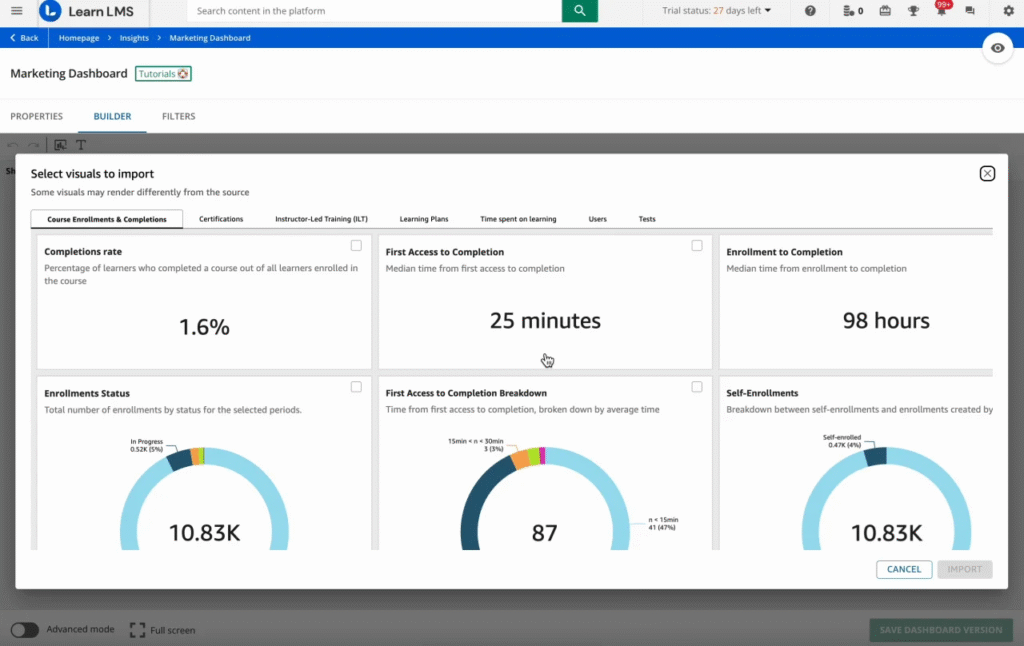
6. Google Classroom (Free LMS for Schools)
Best for: K-12 Schools, Teachers
Overview:
Google Classroom is a free LMS that integrates well with Google Workspace tools.
Key Features:
- Simple assignment and grading tools
- Seamless integration with Google Docs, Drive
- Mobile app support
Pros:
- Easy setup for teachers
- Great for remote learning
- 100% free
Cons:
- Limited reporting and analytics
- Not suitable for corporate training
7. SAP Litmos (Enterprise-Ready LMS)
Best for: Global Enterprises, Compliance Training
Overview:
SAP Litmos is built for fast deployment and enterprise scalability. Ideal for industries like healthcare, finance, and manufacturing.
Key Features:
- Compliance and certification tracking
- Pre-built course library
- Integrates with Salesforce, Zoom, Slack
Pros:
- Highly secure and scalable
- Excellent mobile learning features
Cons:
- Expensive compared to alternatives
- UI is not as intuitive
8. Thinkific (All-in-One LMS for Course Creators)
Best for: Solopreneurs, Coaches, Small Businesses
Overview:
Thinkific is an easy-to-use platform for those creating and selling online courses.
Key Features:
- Drag-and-drop course builder
- Custom domains and branding
- Integrates with marketing tools
Pros:
- Monetization options
- Simple setup, even for beginners
Cons:
- Not suitable for formal school settings
- Limited corporate features

9. LearnWorlds (Interactive Learning Experience)
Best for: Online Academies, Coaches
Overview:
LearnWorlds focuses on creating engaging, interactive learning experiences with strong video and quiz capabilities.
Key Features:
- Interactive videos
- Built-in sales pages
- Certificates and community features
Pros:
- Excellent for student engagement
- Great support and documentation
Cons:
- Slightly technical for non-creators
10. Absorb LMS (Modern LMS for Businesses)
Best for: SMBs and Enterprises
Overview:
Absorb LMS combines usability with enterprise-level features, offering a modern UI and strong analytics.
Key Features:
- Smart administration tools
- Branded portals for different user groups
- Flexible content delivery
Pros:
- Scalable and secure
- Excellent UI
Cons:
- Higher price point
- Fewer integrations than competitors
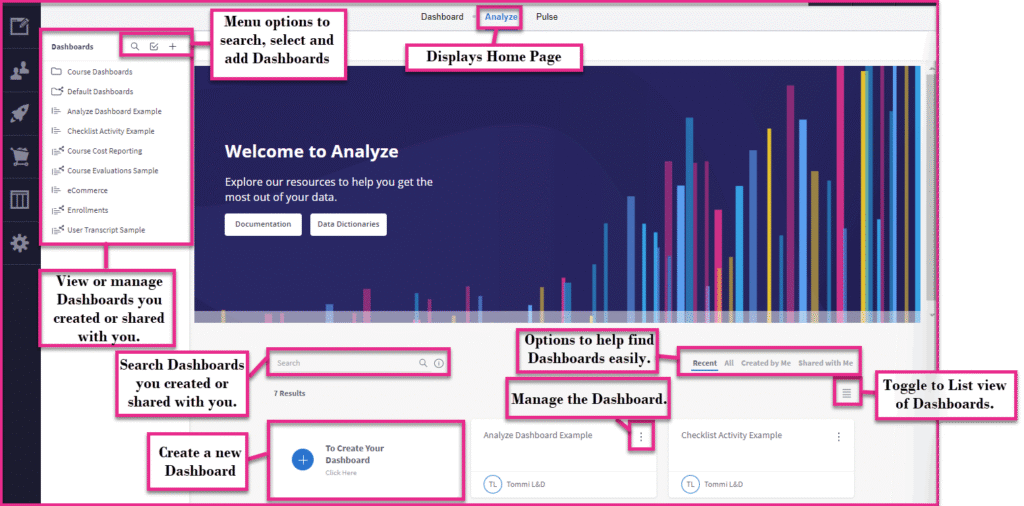
Key Considerations When Choosing an LMS
- User Interface & Usability
- Customization & Scalability
- Mobile & Offline Access
- Integration with Other Tools
- Pricing and ROI
- Support and Community
Frequently Asked Questions (FAQ)
Yes, platforms like Thinkific and LearnWorlds are built for course creators looking to monetize their content.
LMS manages learning delivery and tracking, while LCMS (Learning Content Management System) focuses on creating and managing content.
Final Thoughts
Choosing the right LMS can transform the way your school teaches or your business trains. The options above cater to a wide range of needs—from academic institutions to enterprises to individual course creators. Evaluate your goals, technical capacity, and budget to pick the LMS that aligns with your mission.
Whether you’re looking to empower students or upskill employees, the right LMS will streamline your efforts and boost engagement.
Author Profile
- Jiya Gupta
- At Learners View, we're passionate about helping learners make informed decisions. Our team dives deep into online course platforms and individual courses to bring you honest, detailed reviews. Whether you're a beginner or a lifelong learner, our insights aim to guide you toward the best educational resources available online.
Latest entries
 Course PlatformsOctober 3, 2025We Asked 10 Experts: What’s the Best Online Course You’ve Ever Taken?
Course PlatformsOctober 3, 2025We Asked 10 Experts: What’s the Best Online Course You’ve Ever Taken? Career GrowthOctober 2, 2025MIT OpenCourseWare Review: Can Free Courses Compete with Paid Ones?
Career GrowthOctober 2, 2025MIT OpenCourseWare Review: Can Free Courses Compete with Paid Ones? Course PlatformsOctober 1, 2025How Online Learning Changed My Career – Real Student Stories
Course PlatformsOctober 1, 2025How Online Learning Changed My Career – Real Student Stories Course PlatformsSeptember 16, 2025Best Graphic Design Courses for Freelancers
Course PlatformsSeptember 16, 2025Best Graphic Design Courses for Freelancers

